5
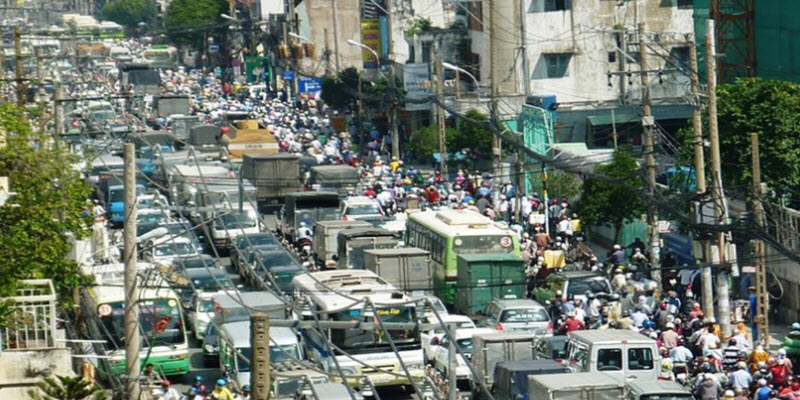
Key Terms
| Alternative Energy Sources | Fossil Fuels | Food Security |
| Global Climate Change | Sustainability | Water Security |
Learning Targets
5.1 I can analyze the impact that a growing population has on food and water security.
5.2 I can explain the environmental impact of fossil fuel use.
5.3 I can identify alternative fuel sources and evaluate their efficiency.
Global human population growth amounts to around 75 million annually, or 1.1% per year. The global population has grown from 1 billion in 1800 to 7 billion in 2012. It is expected to keep growing, where estimates have put the total population at 8.4 billion by mid-2030, and 9.6 billion by mid-2050. As world population continues to grow exponentially, what challenges are we going to face and how will we deal with those challenges? In our interconnected global society, how will we deal with food and water security, environmental issues related to use of fossil fuels, and finding sustainable means to meet to increasing demands of our world? How we respond now will determine whether we have a healthy, sustainable, and prosperous future, or one plagued by environmental destruction, inequality, and conflict.
Food Security
Food security is a condition related to the supply of food, and individuals’ access to it.
Food security incorporates a measure of resilience to future disruption or unavailability of critical food supply due to various risk factors including droughts, shipping disruptions, fuel shortages, economic instability, and wars. The United Nations (UN) recognized the Right to Food in the Declaration of Human Rights in 1948, and has since noted that it is vital for the enjoyment of all other rights. The Food and Agriculture Organization of the United Nations, or FAO, identified the four pillars of food security as availability, access, utilization, and stability.

Food availability relates to the supply of food through production, distribution, and exchange. Food production is determined by a variety of factors including land ownership and use; soil management; crop selection, breeding, and management; livestock breeding and management; and harvesting. The use of land, water, and energy to grow food often competes with other uses, which can affect food production. Land used for agriculture can be used for urbanization or lost to desertification, salinization, and soil erosion due to unsustainable agricultural practices. Crop production is not required for a country to achieve food security. Nations don’t have to have the natural resources required to produce crops in order to achieve food security (as seen in the examples of Japan and Singapore).
Because food consumers outnumber producers in every country, food must be distributed to different regions or nations. Food distribution involves the storage, processing, transport, packaging, and marketing of food. Food-chain infrastructure and storage technologies on farms can also affect the amount of food wasted in the distribution process. Poor transport infrastructure can increase the price of supplying water and fertilizer as well as the price of moving food to national and global markets. Around the world, few individuals or households are continuously self-reliant for food. This creates the need for a bartering, exchange, or cash economy to acquire food. The exchange of food requires efficient trading systems and market institutions, which can affect food security. Per capita world food supplies are more than adequate to provide food security to all, and thus food accessibility is a greater barrier to achieving food security.
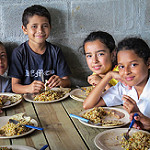
Food access refers to the affordability and allocation of food, as well as the preferences of individuals and households. The UN Committee on Economic, Social, and Cultural Rights noted that the causes of hunger and malnutrition are often not a scarcity of food but an inability to access available food, usually due to poverty. Poverty can not only limit access to food, but also increase the vulnerability of an individual or household to food price spikes. Access depends on whether the household has enough income to purchase food at current prices or has sufficient land and other resources to grow its own food. Households with enough resources can overcome unstable harvests and local food shortages and maintain their access to food.
There are two distinct types of access to food: direct access, in which a household produces food using human and material resources, and economic access, in which a household purchases food produced elsewhere. Location can affect access to food and which type of access a family will rely on. The assets of a household, including income, land, products of labor, inheritances, and gifts can determine a household’s access to food. However, the ability to access to sufficient food may not lead to the purchase of food over other materials and services. Demographics and education levels of members of the household as well as the gender of the household head determine the preferences of the household, which influences the type of food that are purchased. A household’s access to enough and nutritious food may not assure adequate food intake of all household members, as intrahousehold food allocation may not sufficiently meet the requirements of each member of the household. The USDA adds that access to food must be available in socially acceptable ways, without, for example, resorting to emergency food supplies, scavenging, stealing, or other coping strategies.

The next pillar of food security is food utilization, which refers to the metabolism of food by individuals. Once food is obtained by a household, a variety of factors affect the quantity and quality of food that reaches members of the household. In order to achieve food security, the food ingested must be safe, and enough to meet the physiological requirements of each individual. Food safety affects food utilization, and can be affected by the preparation, processing, and cooking of food in the community and household. Nutritional values of the household determine food choice; and whether food meets cultural preferences is important to utilization in terms of psychological and social well-being. Access to healthcare is another determinant of food utilization, since the health of individuals controls how the food is metabolized. For example, intestinal parasites can take nutrients from the body and decrease food utilization. Sanitation can also decrease the occurrence and spread of diseases that can affect food utilization. Education about nutrition and food preparation can affect food utilization and improve this pillar of food security. Education brings accountability among people, creates awareness, which, in turn, fosters them for food security.
Food stability refers to the ability to obtain food over time. Food insecurity can be caused by natural disasters and drought, crop failure, civil conflicts, and instability in food markets (causing price spikes). Other factors that can temporarily cause food insecurity are loss of employment or productivity, which can be caused by illness. Seasonal food insecurity can result from the regular pattern of growing seasons in food production.
Famine and hunger are both rooted in food insecurity. Chronic food insecurity translates into a high degree of vulnerability to famine and hunger; ensuring food security leads to elimination of that vulnerability.
Water Security
Water security has been defined as the reliable availability of acceptable water to sustain healthy living. Sustainability of the planet will not be achieved without a water secure world. A water secure world combines a concern for the intrinsic value of water with a concern for its use for human survival and well-being. A water secure world harnesses water’s productive power and minimises its destructive force. Water security also means addressing environmental protection and the negative effects of poor management. It is also concerned with ending the process of allowing people to be irresponsible for their water and instead instituting water resources management across all sectors – finance, planning, agriculture, energy, tourism, industry, education and health. A water secure world reduces poverty, advances education, and increases living standards. A water secure world is a world where there is an improved quality of life for all, especially for the most vulnerable, women and children.

Water security is sometimes sought by implementing water desalination, pipelines between sources and users, water licences with different security levels and war.
Water allocation between competing users is increasingly determined by application of market-based pricing for either water licenses or actual water
Water, in absolute terms, is not in short supply planet-wide. But, according to the United Nations water organization (UN-Water), the total usable freshwater supply for ecosystems and humans is only about 200,000 km3 of water (<1%) of all freshwater resources. However, in the last century, water use has been growing at more than twice the rate of the population increase. Specifically, water withdrawals are predicted to increase by 50% by 2025 in developing countries, and 18% in developed countries.
By 2025, two-thirds of the world population could face water insecurity, and 800 million people will be living in countries or regions without access to clean and usable water within 1 km. The regions of the world that will be most affected by this are: North Africa, the Middle East, India, Central Asia, South Asia, China, Chile, Colombia, South Africa, and Australia.
In addition, more than 50 countries on five continents are said to be at risk of conflict over water. This could have tremendous effects on how we live together on this planet.
Combating Water Scarcity
The United Nations Committee on Economic, Social and Cultural Rights established a foundation of five core attributes for water security. They declare that the human right to water entitles everyone to sufficient, safe, acceptable, physically accessible, and affordable water for personal and domestic use.
The Sustainable Development Goals (SDGs), officially known as Transforming our world: the 2030 Agenda for Sustainable Development, is also involved in the long term water security issue. One of the goals of SDG is Clean Water and Sanitation. This goal is meant to ensure availability and sustainable management of water and sanitation for all people on the planet by 2030.
Fossil Fuels and Our Environment
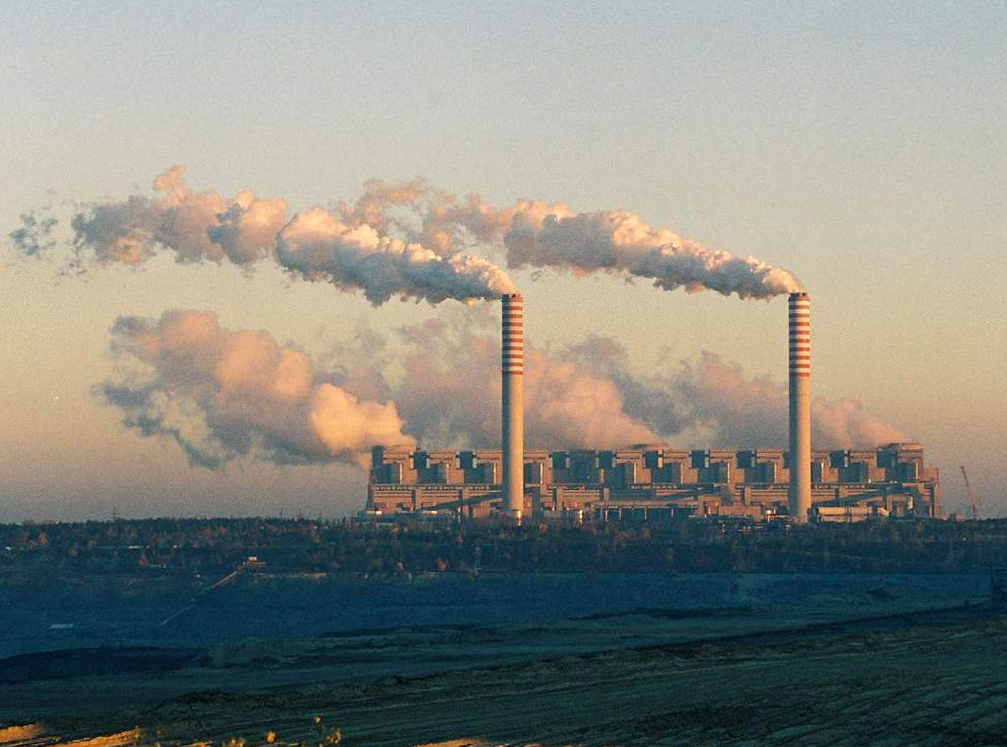
Fossil fuels are fuels formed by natural processes such as anaerobic decomposition of buried dead organisms containing energy originating in ancient photosynthesis. The age of the organisms and their resulting fossil fuels is typically millions of years, and sometimes exceeds 650 million years. Fossil fuels contain high percentages of carbon and include petroleum, coal, and natural gas. Other commonly used derivatives include kerosene and propane. Fossil fuels range from volatile materials with low carbon:hydrogen ratios like methane, to liquids like petroleum, to nonvolatile materials composed of almost pure carbon, like anthracite coal.
The theory that fossil fuels formed from the fossilized remains of dead plants by exposure to heat and pressure in the Earth’s crust over millions of year was first introduced by Georgius Agricola in 1556 and later by Mikhail Lomonosov in the 18th century.
Although fossil fuels are continually being formed via natural processes, they are generally considered to be non-renewable resources because they take millions of years to form and the known viable reserves are being depleted much faster than new ones are being made.
The use of fossil fuels raises serious environmental concerns. The burning of fossil fuels produces around 21.3 billion tonnes (21.3 gigatonnes) of carbon dioxide (CO2) per year, but it is estimated that natural processes can only absorb about half of that amount, so there is a net increase of 10.65 billion tonnes of atmospheric carbon dioxide per year (one tonne of atmospheric carbon is equivalent to 44/12 or 3.7 tonnes of carbon dioxide). Carbon dioxide is one of the greenhouse gases that contributes to global warming, causing the average surface temperature of the Earth to rise in response, which the vast majority of climate scientists agree will cause major adverse effects. A global movement towards the generation of renewable energy is therefore under way to help reduce global greenhouse gas emissions.
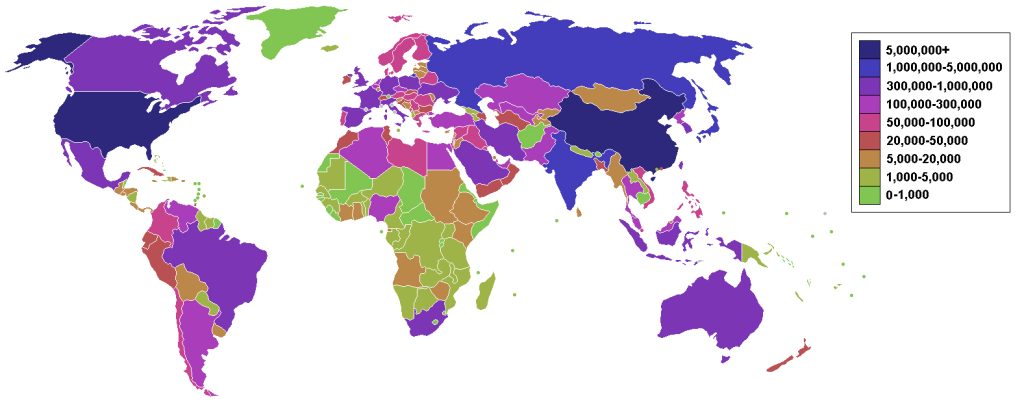
Alternative Energy Sources
The term alternative energy refers to any energy resource that serves as an alternative to fossil fuel. The vast majority of alternative energy sources are considered to be renewable energy. Renewable energy is energy that comes from natural resources, such as sunlight, wind, rain, tides, waves, and geothermal heat, which are all naturally replenished. About 16% of global final energy consumption comes from renewable sources.
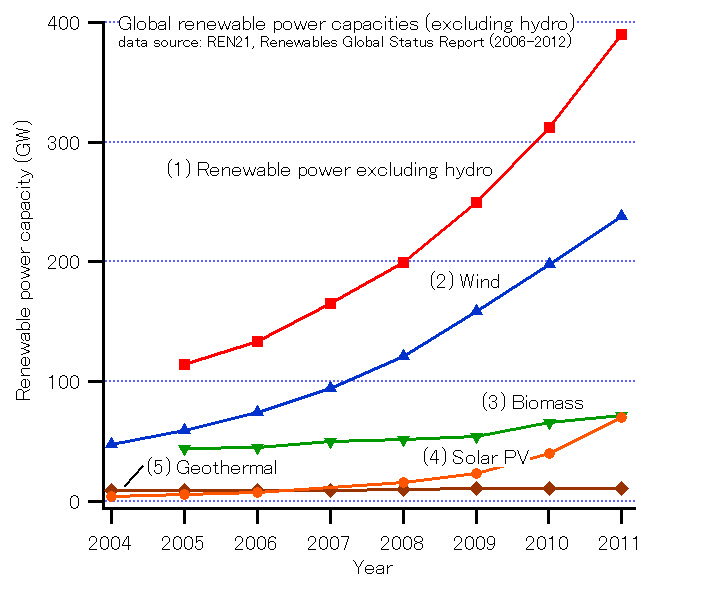
While the use of alternative energy sources varies greatly in all different regions of the world, it is certain that as our population is increasing, and our fossil fuel resources are depleting, we are increasing our overall reliance on alternative energy. This is especially true as wind and solar energy become more readily available and cost-efficient. The use of wind power is increasing at an annual rate of 20%. Since 2004, photovoltaics (solar cells) surpassed wind as the fastest growing energy source, and since 2007, the use of solar power has more than doubled every two years. Another alternative energy source that is being more and more utilized is ethanol. Ethanol is a quasi-renewable energy source. This is because, while the energy is partially generated by non-depletable sunlight, the harvesting process requires vast amounts of energy that typically comes from nonrenewable sources.Brazil has one of the largest renewable energy programs in the world, involving production of ethanol fuel from sugarcane. Ethanol now provides 18% of the country’s automotive fuel. Ethanol fuel is also widely available in the USA.Caption: Sugar Cane being harvested for ethanol production
While many renewable energy projects are large-scale, renewable technologies can also be suited to rural and remote areas, where energy is often crucial in human development. As of 2011, small solar PV systems provide electricity to a few million households, and micro-hydroelectricity plants configured into mini-grids serve many more. Over 44 million households use biogas (mixtures of gases produced by the breakdown of organic matter) made in household-scale digesters for lighting and/or cooking, and more than 166 million households rely on a new generation of more efficient biomass cookstoves.
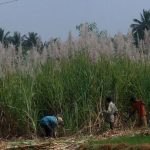
If one thing is for sure, as our global population continues to grow, it is that the demand for more alternative energy resources will also increase. United Nations’ Secretary-General Ban Ki-moon has said that renewable energy has the ability to lift the poorest nations to new levels of prosperity. Carbon neutral and negative fuels can be stored and transported through existing natural gas pipelines. Using the existing transportation infrastructure, thereby displacing fossil fuels, will reduce greenhouse gas emissions.
Climate change concerns, coupled with high oil prices, peak oil, and increasing government support, are driving more and more renewable energy legislation, incentives and commercialization. New government spending, regulation and policies are helping the industry weather the global financial crisis better than many other sectors. According to a 2011 projection by the International Energy Agency, solar power generators may produce most of the world’s electricity within 50 years, dramatically reducing the emissions of greenhouse gases that harm the environment.
Links to Resources
Current Events
Alternative Energy Sources
The US Government’s website that previews all types of alternative energy sources and explains how they are used in the US:
http://energy.gov/science-innovation/energy-sources/renewable-energy
A four minute video that explains the different types of alternative energy sources that are available
http://video.nationalgeographic.com/video/alternative-energy
This video highlights the top ten energy sources of the future: https://www.youtube.com/watch?v=uStFvcz9Or4
A critical view of alternative energy sources: http://spectrum.ieee.org/energy/renewables/a-skeptic-looks-at-alternative-energy
Fossil Fuels and the Environment
Description of Fossil Fuels
Fossil Fuels – Environmental and Energy Study Institute
In-depth economic and policy research on energy and environmental issues
EPA site on greenhouse gas emissions
List of articles on environmental problems and solutions
The Economist – Environmental Problems and Protection
Water Security Links
Does the world have enough water? Excellent overview of the water security issue facing our planet and what we are doing
https://www.youtube.com/watch?v=ODCBgOXAlhI
Water Wars. 3 minute overview of why countries are having conflict over water
https://www.youtube.com/watch?v=CAR_vN4MgVY
Water and security pressure points: Countries to watch. Article and graph that explains Countries in 2016 that have conflict. Excellent Graphic and further explanation
https://www.newsecuritybeat.org/2016/02/water-security-hotspots-watch-2016-infographic/
World Water Day. Explains World Water Day and the reasons it is important. Links to current articles
http://www.unwater.org/worldwaterday